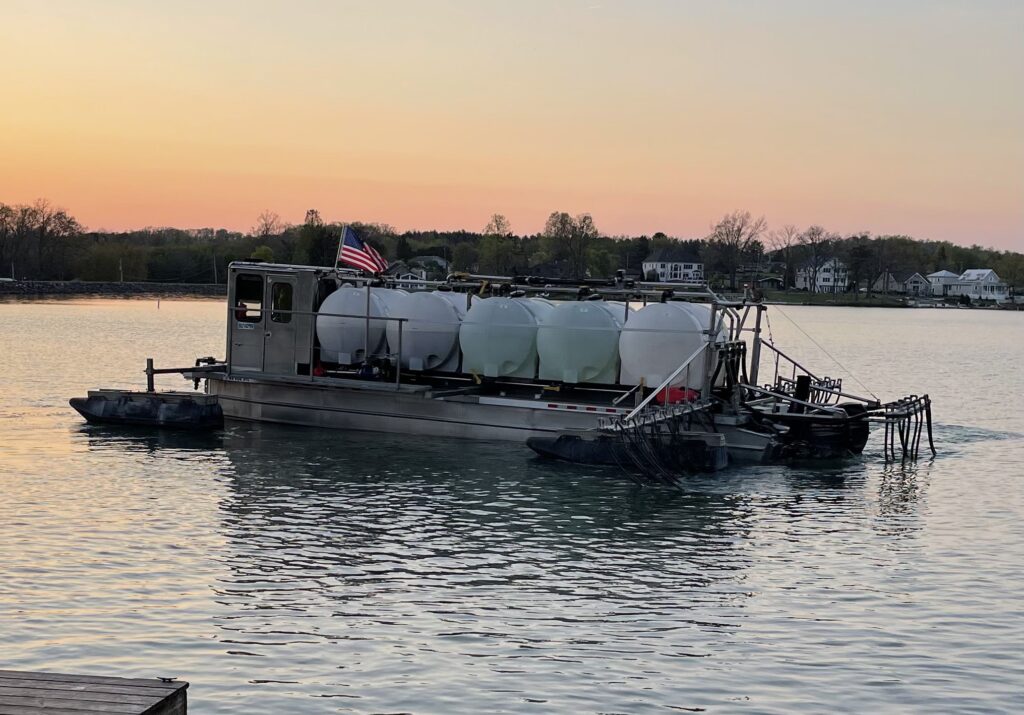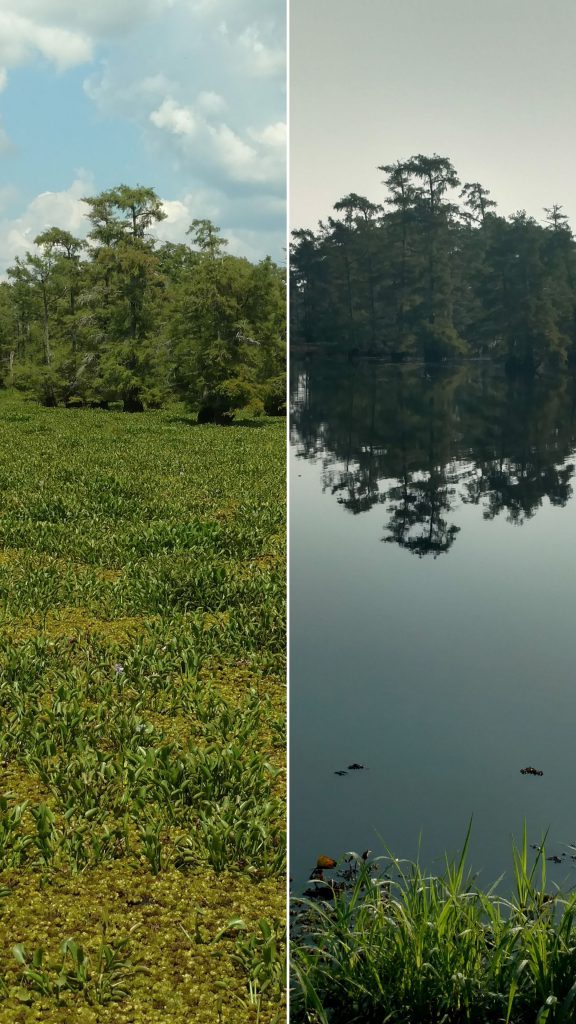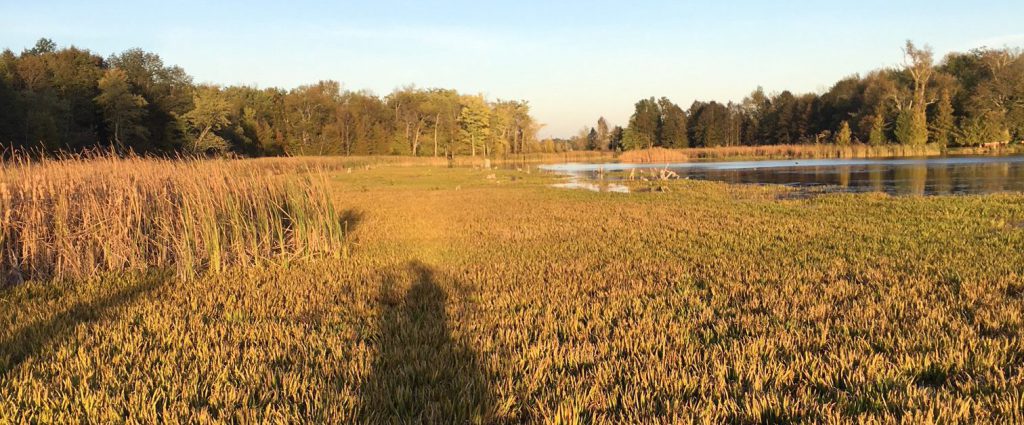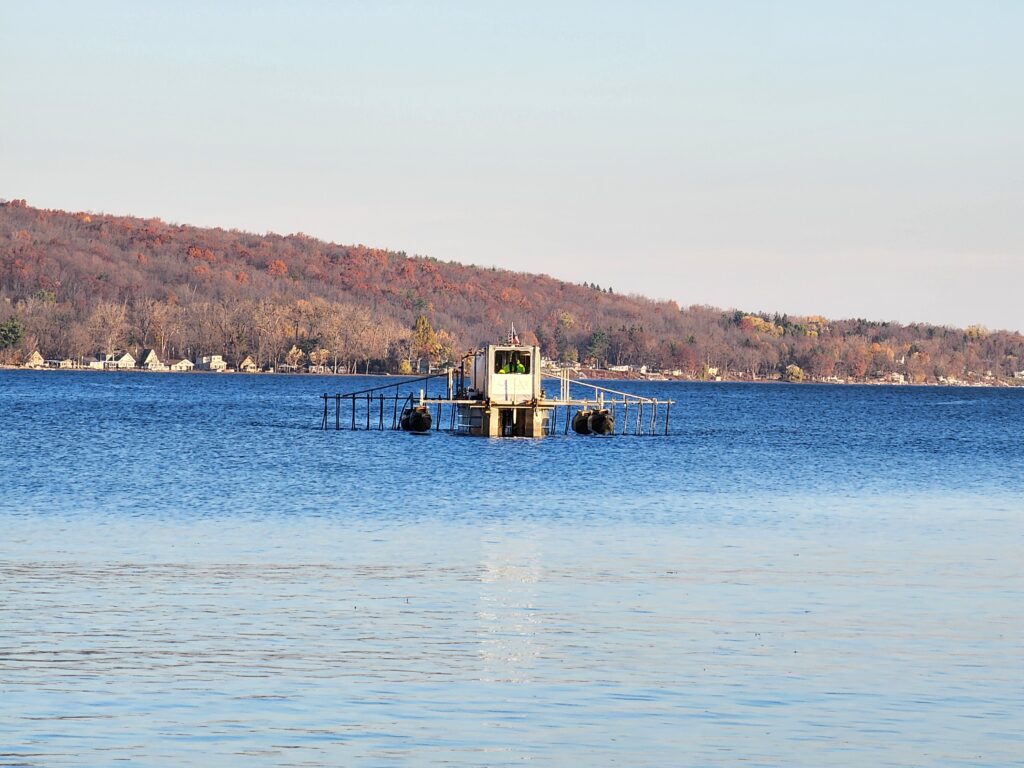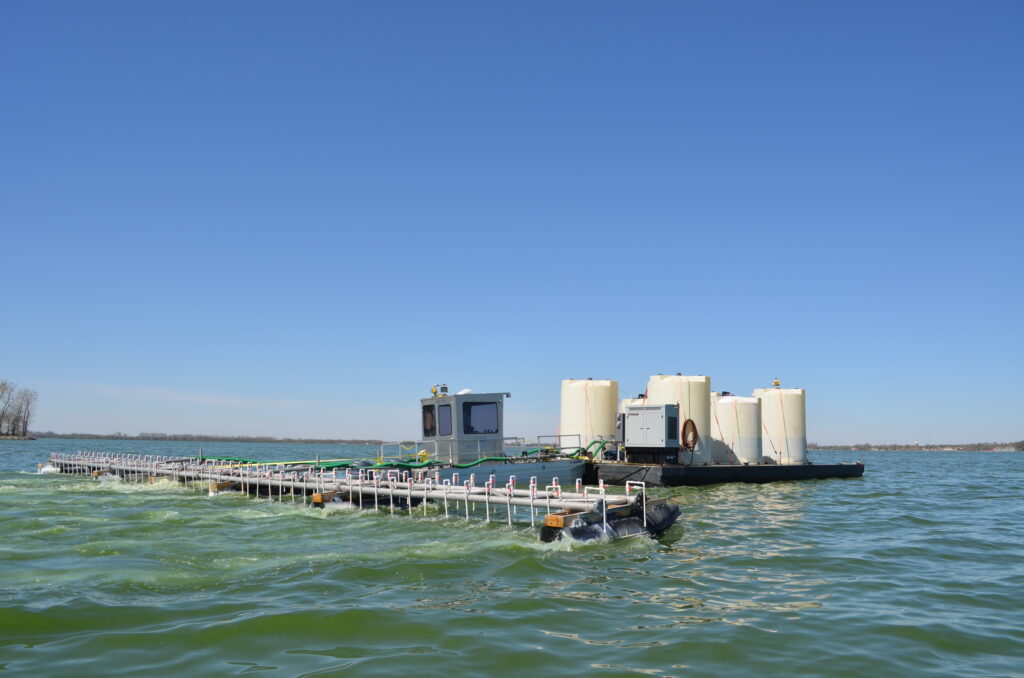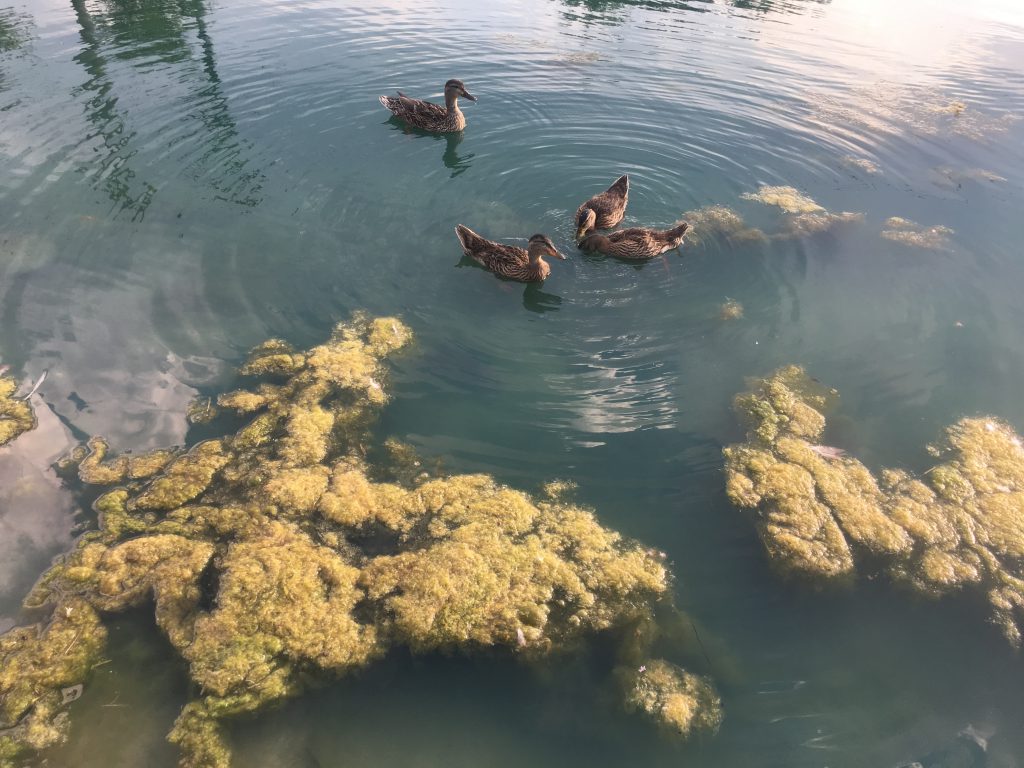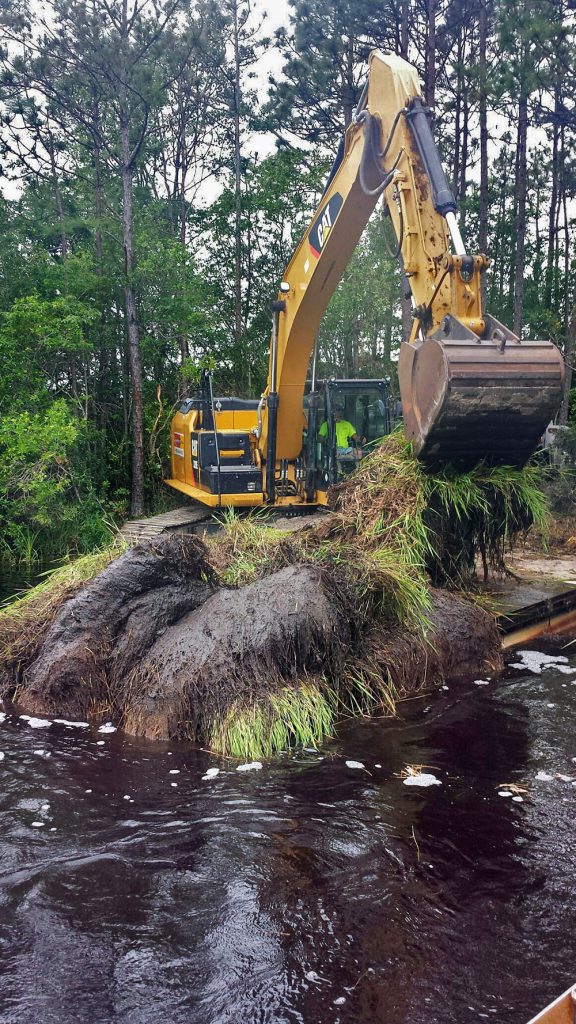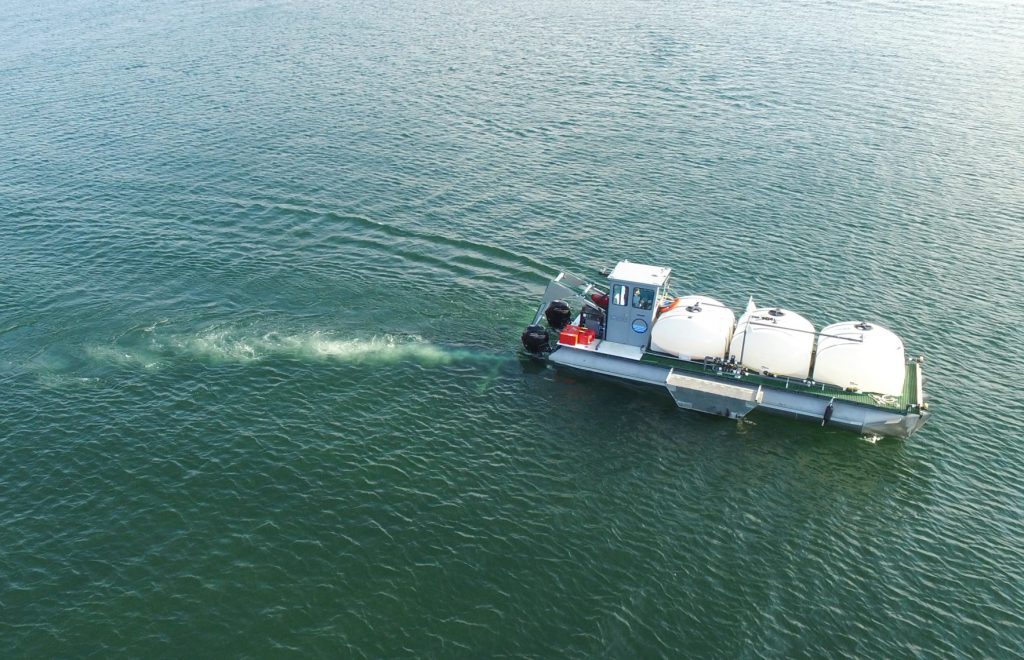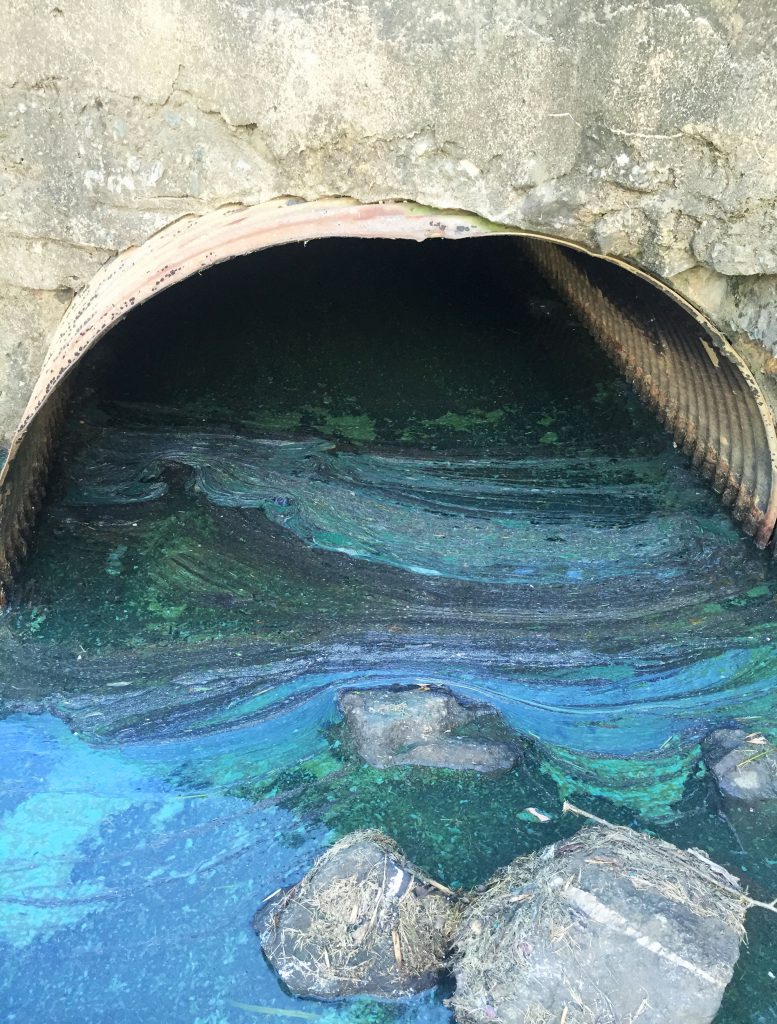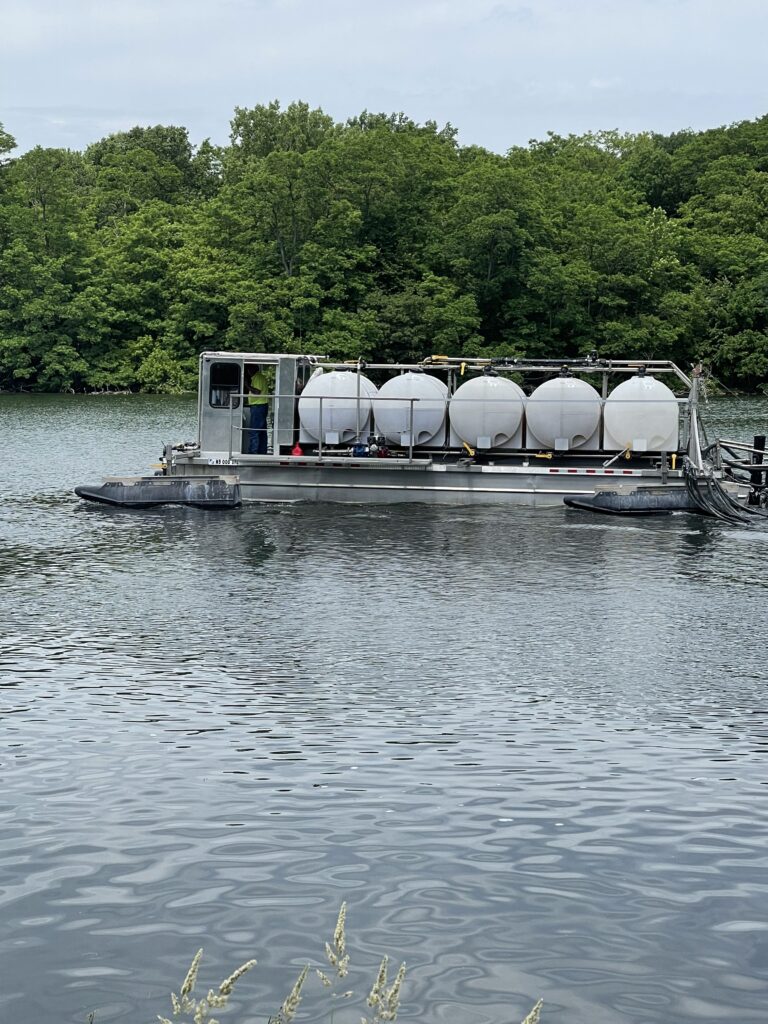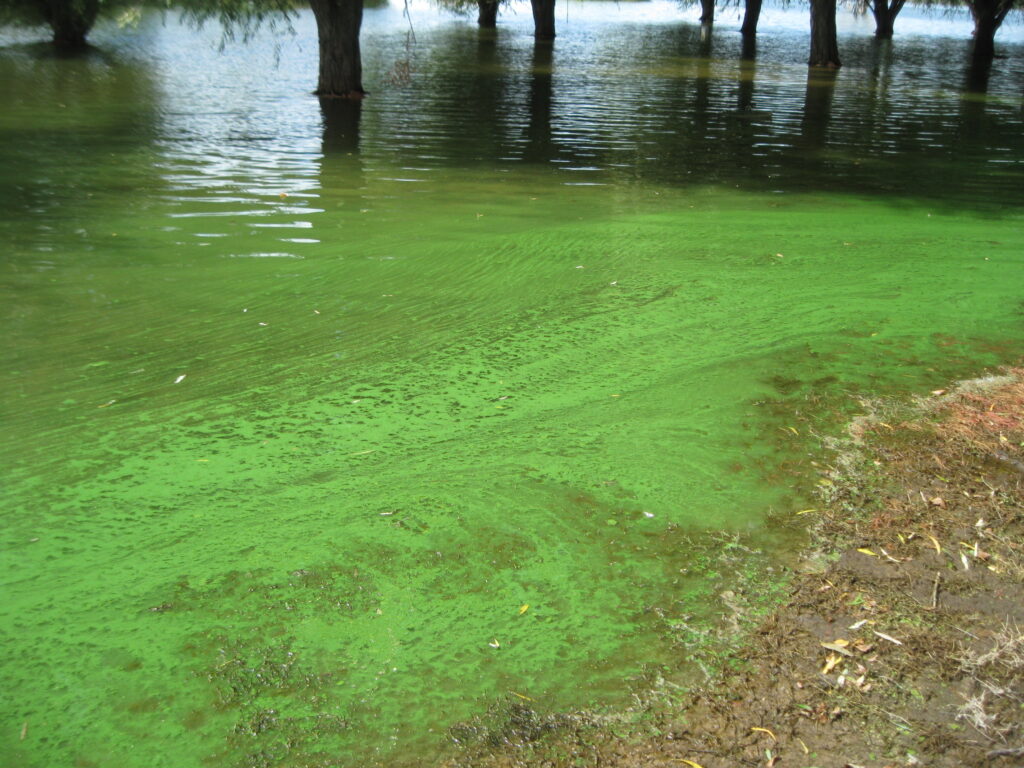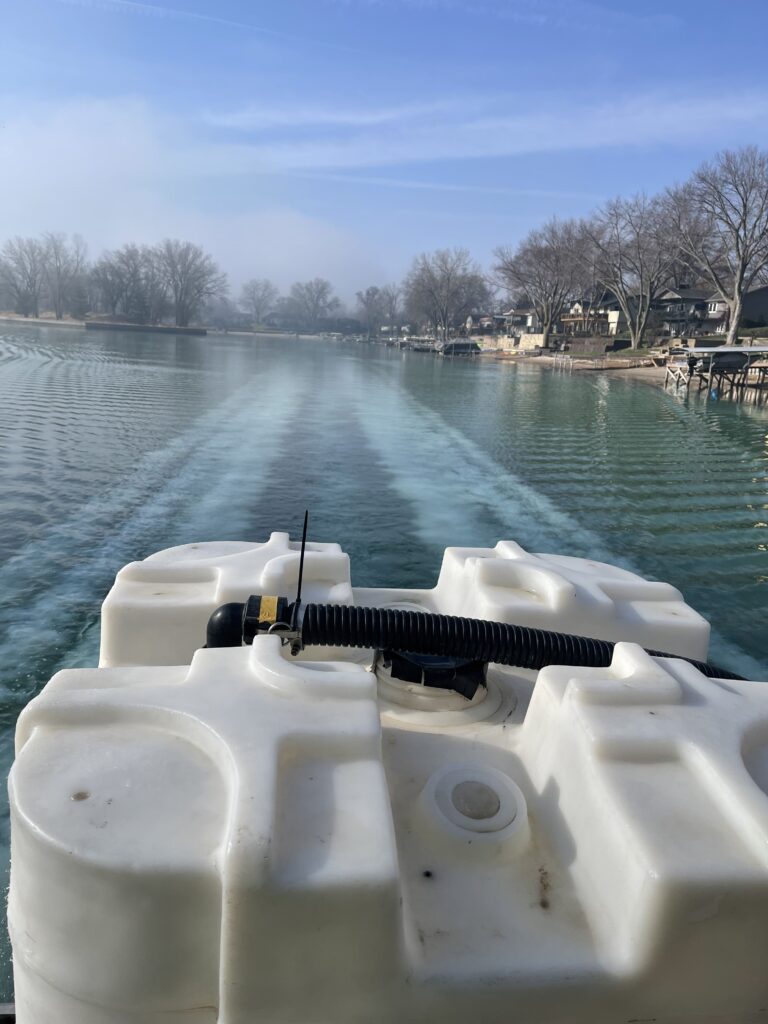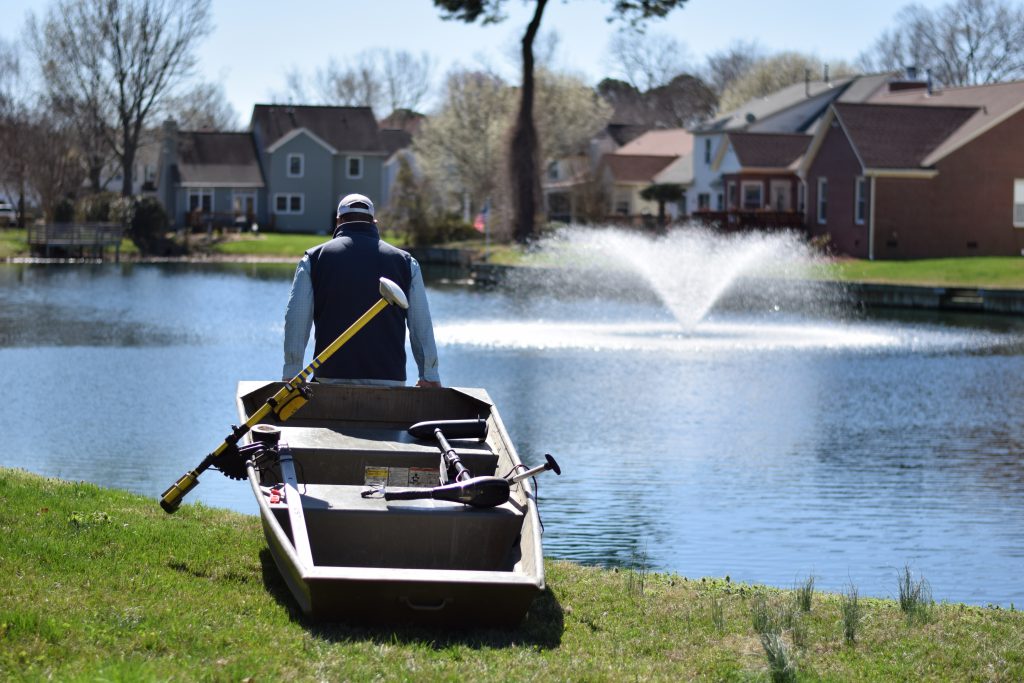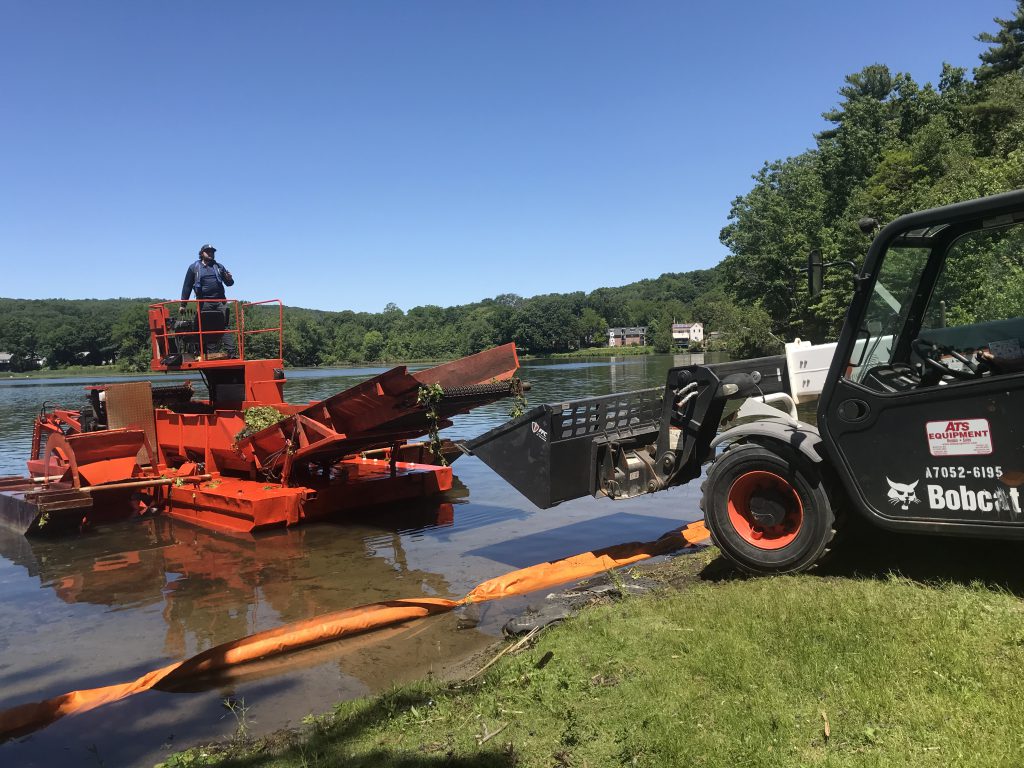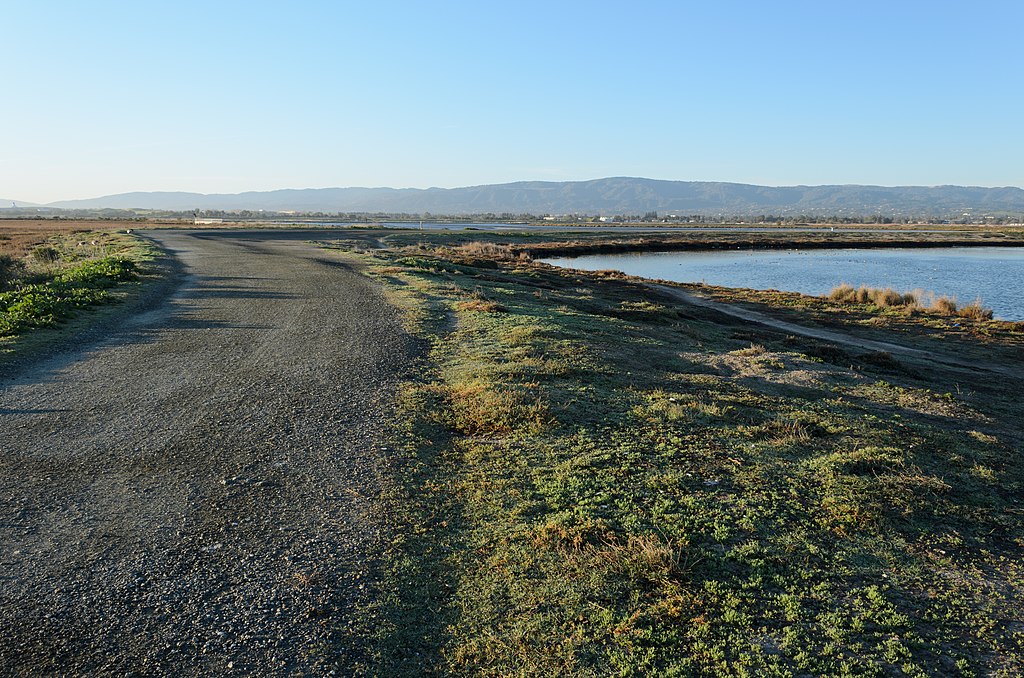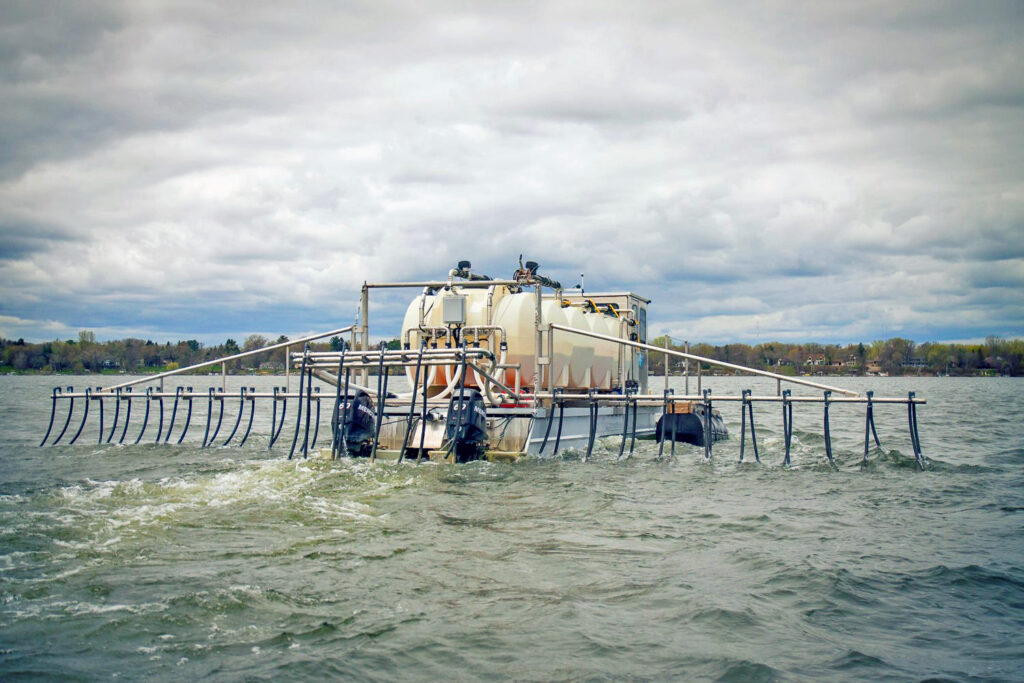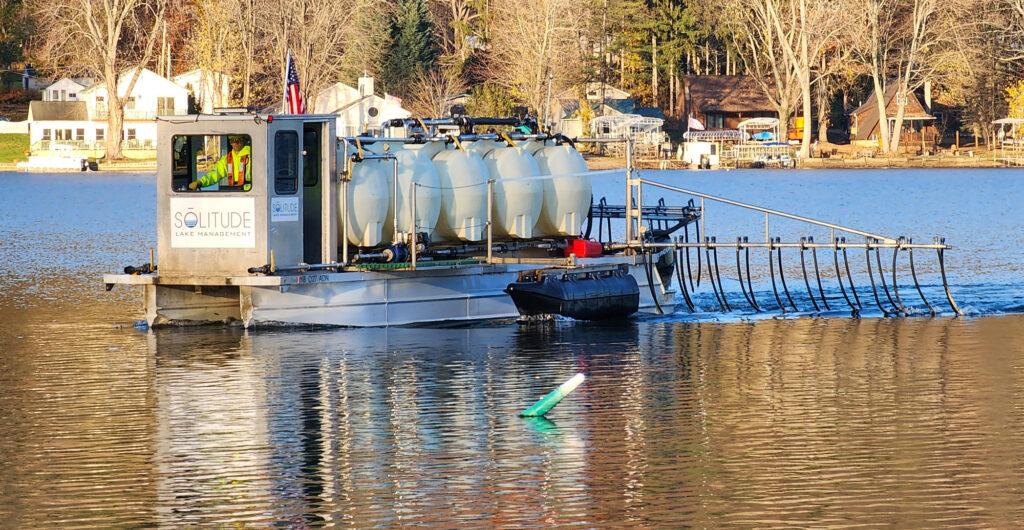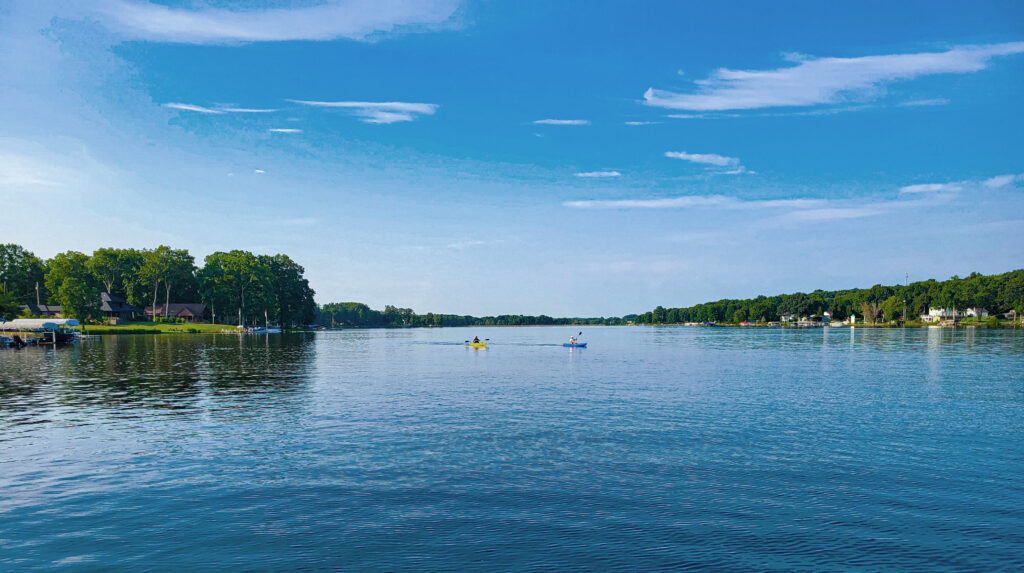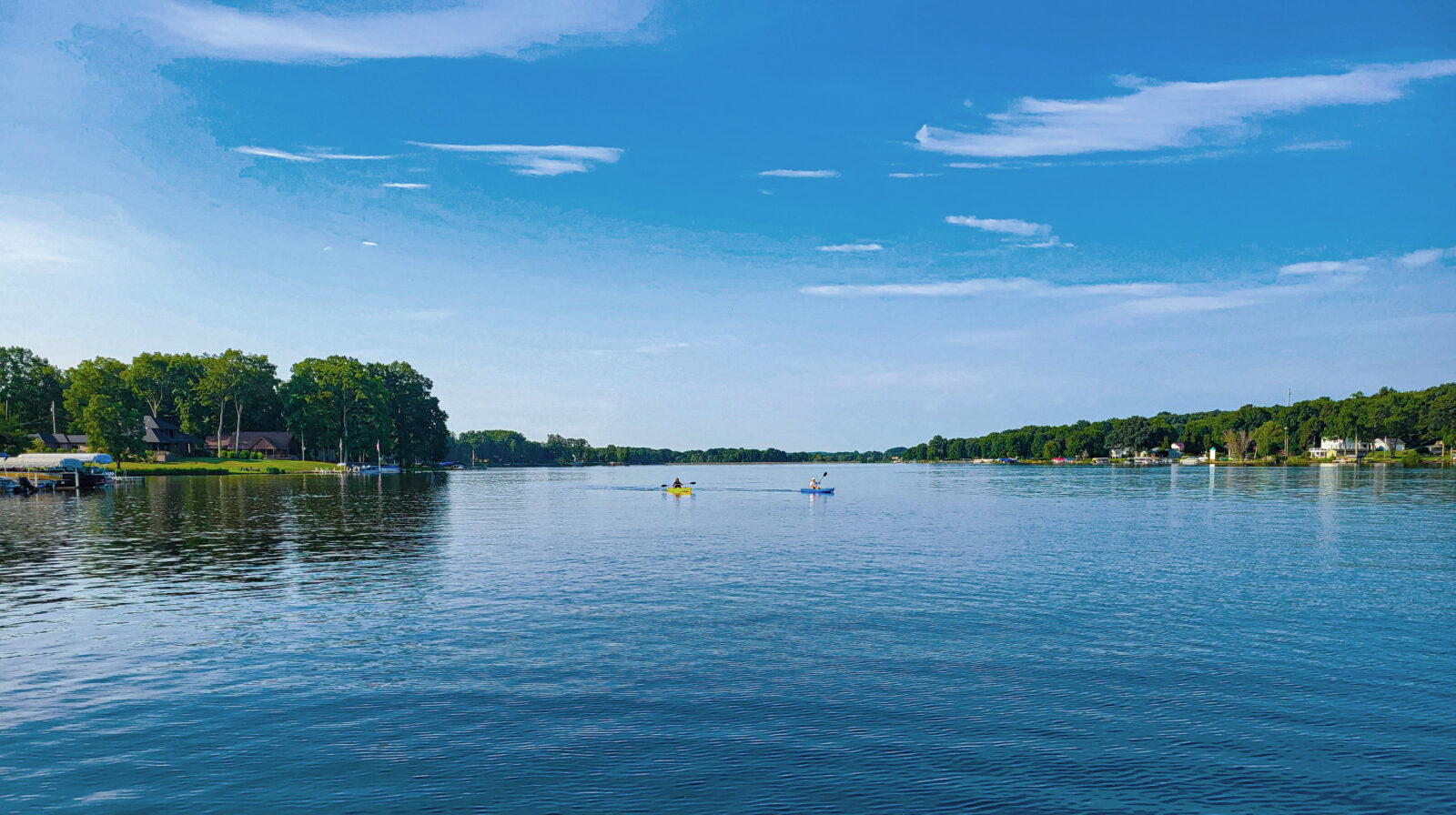
SOLitude Success Stories and Case Studies
We have experience working with Parks and Rec Directors and a variety of other government officials to help improve and restore their community’s waterbodies. From high quality and sustainable management programs to ecologically balanced and aesthetically pleasing enhancements like pond fountains, communities deserve a natural environment that captivates the eye.
Below are case studies highlighting a few of our success stories involving municipalities and parks and recreation projects.
Alum Application Leads to Removal from "Impaired" Water List | Maple Grove, MN
Fish Lake is a 232-acre recreational lake in Maple Grove, MN, that had poor water quality due to elevated phosphorus levels which drove excessive algal growth. Discover how our effective alum applications not only restored this lake’s water quality, but led to its removal from the “impaired” water list.
Large Lake Management In Bossier City, Louisiana | Weed & Algae Control Case Study
This waterbody is a 664-acre lake located on an airforce base near Bossier City, Louisiana. It serves as a valuable resource to surrounding communities by providing excellent fish and wildlife habitat as well as important recreational opportunities in the form of fishing, waterfowl hunting, and wildlife viewing.
Historically, this lake has suffered from the excessive growth of a variety of plant species, but most notably, invasive hydrilla (Hydrilla verticillata), American lotus (Nelumbo lutea), and water hyacinth (Eichhornia crassipes). In recent years, however, giant salvinia (Salvinia molesta) has dominated the plant assemblage, reaching problematic conditions in 2017 with an estimated 500 acres of water covered in this invasive aquatic plant.
Case Study: Controlling Water Solider in Canada Lake
This waterbody provides a link between Lake Ontario in the southeast and Georgian Bay in the northwest, allowing boat navigation for its entire 240-mile length through a system of rivers and lakes, and 41 locks. Water Soldier (Stratoides aloides), an invasive aquatic plant that forms impenetrable mats on the water surface, currently infests an area of approximately 700+ acres within the waterway.
Improving Water Quality & Clarity In Recreational Lake | Fremont, NE
Lake Leba is a 213-acre recreational lake located along the Platte River near Fremont, NE, that was suffering from excess phosphorus levels due to flooding from a nearby river. Discover how our team drastically improved water clarity and reduced phosphorus levels with alum.
Restoring Water Quality In 13,500-acre Drinking Water Reservoir | Ohio
Grand Lake St. Marys is a large 13,500-acre drinking water reservoir located in west central Ohio. This lake had high levels of phosphorus which led to the growth of cyanobacteria algae. Discover how our team completed the world’s second-largest alum application and enhanced the drinking water for this Ohio community.
Case Study: Algae and Vegetation Control in Denver Lake
This lake is located in Denver, CO. This park contains the Denver Zoo and the Denver Museum of Science and Nature. The 23.5-acre lake has a history of recurring filamentous algae blooms,
Case Study: Controlling Maidencane In City Lake
This lake is a 350-acre waterbody located in the center of Boiling Spring Lakes, NC. The property is directly fed from North Lake to the north, which is fed by Spring Lake to the northeast. There are small additional brooks and streams that also flow into the waterbody. The lake is surrounded by heavy residential use, and it widely used for recreational activities.
For a span of 10 years, this lake suffered from a Maidencane infestation that had continually encroached on an annual basis. This infestation was found in the mid-section of the lake between two causeways; with a small dam found along the southern causeway.
Maidencane is a native aquatic plant, however, it had grown to nuisance levels creating a monoculture over the waterbody in which the open water space was not visible. In sum, the Maidencane encroached within 4.3 acres of the approximately 8-acre area and was continually expanding.
Lowering Phosphorus Levels in State Pond
This pond is one of the most popular destinations in the area for water recreation. It also serves as the highlight attraction of a heavily used property which includes a large campground that is often booked solid each summer.
Unfortunately, in the past few years, the waterbody has experienced frequent blue-green algae (cyanobacteria) blooms. Water quality issues have also resulted in a frequent loss of suitable cold-water habitat for what once was a very healthy and productive trout fishery. This waterbody began having problems with nuisance algal blooms in the 1980s, and in the late ‘90s, two dog deaths were attributed to algal toxin consumption.
Case Study: Controlling Toxic Algae Booms In Large Lake
Located in Harwich, MA, this waterbody serves as an ecological, agricultural, and recreational asset to the area. This 174-acre kettle pond is unlike many in the Cape Cod region.
Over the years, phosphorus levels have become excessive in the water resource. The presence of the Alewife, loads from two nearby ponds, stormwater runoff, and runoff from the cranberry bog have all contributed to the eutrophication taking place. As a result, this waterbody has experienced a number of severe cyanobacteria blooms, which have deteriorated the water quality and impaired many of the pond’s uses.
Water Quality Improvements in State Recreational Lake | Fremont, NE
A 50-acre lake in Fremont, NE, had a long history of toxic algal blooms ruining summertime recreational activities. After years of struggling with poor water quality and clarity, alum applications were implemented to help balance excess phosphorus levels. Explore how our team achieved dramatic water quality improvements.
Managing Toxic Algae in Recreational Lake | Watsonville, CA
Pinto Lake is a 120-acre recreational lake in Watsonville, CA. This popular lake is often used by residents to fish, swim, boat, and kayak. Unfortunately, nutrient pollution and warm temperatures cause the lake to develop poor water quality. Discover how we restored water quality with alum.
Case Study: Managing Water Quality in Vermont Pond
The pond is a 54-acre waterbody with a maximum depth of 46-feet and an average depth of 16-feet. The pond provides valuable fish & wildlife habitat as well as recreational opportunities for area residents, however, there is a long history of nuisance algae blooms and associated water quality impairments (low clarity, low dissolved oxygen, and elevated pH) due to excessive phosphorus loading.
Case Study: Bathymetric Study of A South Carolina Lake
This waterbody is a 162.7-acre lake in western South Carolina. Many of the homes surrounding the lake are second homes with very few residents living on the lake year-round.
Consulting services to determine the existing state of the lake and to form a baseline in regard to water depths, sediment load, water quality, and mercury levels. The residents were concerned with a few primary issues that included a potentially high mercury load due to gold mining activities that have occurred for many years upstream of the lake, older septic systems possibly failing, sedimentation, water quality issues resulting from all of the aforementioned concerns, and an overall assessment of the ecosystem health. Report findings to the Board of Directors and prioritize further assessment and monitoring to capture any change that may occur and indicate potential issues that could adversely impact the lake’s ecosystem and therefore the recreational and aesthetic value of the lake.
Case Study: Removing Trash via Mechanical Harvester
This river is 3.5 miles long stretching through Boston and Brookline. A portion of the river flow passes through a park and throughout the city. A major challenge the river faces is the amount of trash being collected in the waterbody. Situated in an urban area surrounded by bridges and streets, the location is continuously becoming a trash pit. Due to the flow of the river, the trash is carried downstream. There is a large gate that is blocking the debris from flowing out into the river, causing the trash to pile up.
Restoring A Damaged Wetland Preserve: Proactive Wetland Management
This Nature Center is perched over the Baylands tidal marsh in Palo Alto, CA. The preserve is home to many species of animals, including state and federally endangered species such as the salt marsh harvest mouse, the wandering shrew, the California black rail, and the Ridgway rail. This is an extremely sensitive habitat.
The goal of the project was to restore an area of marsh approximately 175 ft long by 10 ft wide which was damaged during the installation of a boardwalk.
Utilizing Alum to Improve Water Clarity | White Bear Lake, MN
A 1,071-acre lake in Minnesota was declared as an impaired waterbody due to excess phosphorus levels. Discover how SOLitude’s alum experts were able to restore the lake’s water quality and improve water clarity with all-natural alum applications.
Fixing Water Quality Issues with Alum | Star Prairie, WI
Cedar Lake is a 1,118-acre recreational lake near Star Prairie, WI, where residents could boat, swim, and fish until the water quality started to decline. Before our application in 2017, Cedar Lake had been on the Wisconsin list of impaired waters since 1998 because of high total phosphorus levels. See how our experts utilized alum to restore water quality for these citizens.
Restoring Water Quality in Recreational Lake | Nebraska
This popular lake had elevated phosphorus levels which resulted in cyanobacteria (blue-green algae) blooms and subsequent algae toxin production. This caused many concerns for residents and government leaders as toxic algae can threaten the health of aquatic life, pets, wildlife, and humans. Discover how alum helped restore water quality in this recreational lake.








